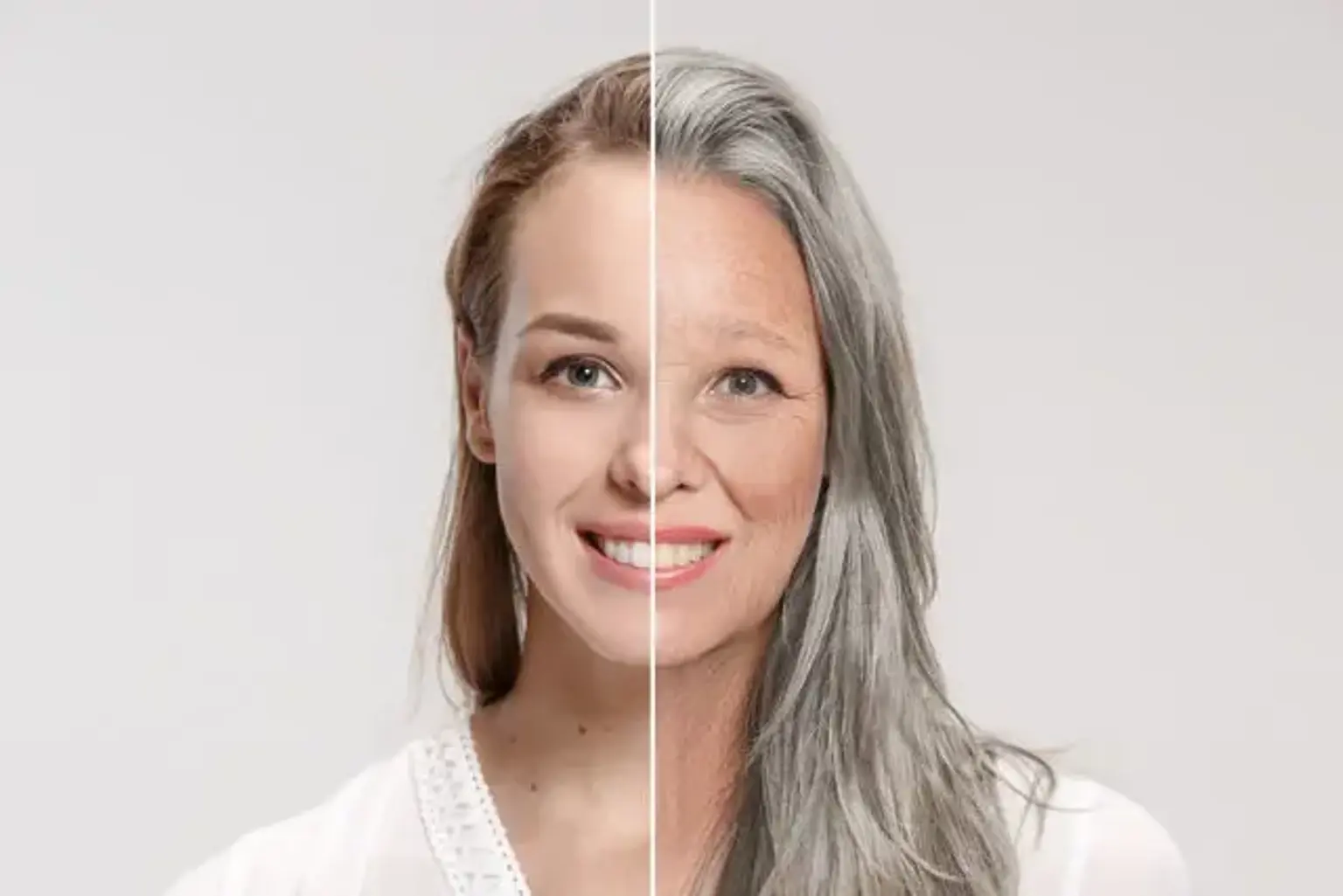Aesthetic and Dermatologic Surgery
Aesthetic medicine is a broad area covering disciplines that focus on improving cosmetic appearance through the treatment of disorders such as scars, skin laxity, wrinkles, moles, liver spots, excess fat, cellulite, undesired hair, skin discoloration, and spider veins.
Aesthetic medicine is defined by The British College of Aesthetic Medicine as a subspecialty of medical and surgical practice that consists of a comprehensive group of health interventions, including preventative, minimally invasive, and operative procedures involving human tissues, performed by duly qualified and registered medical, dental, and advanced nurse practitioners in order to maintain, improve, or restore patients' physical, psychological, and/or social wellbeing, using techniques that combine both medical and aesthetic techniques.
Traditionally, it includes dermatology, oral and maxillofacial surgery, reconstructive surgery, and plastic surgery, surgical procedures (liposuction, facelifts, breast implants, radio frequency ablation), non-surgical procedures (radio frequency skin tightening, non-surgical liposuction, chemical peel, high-intensity focused electromagnetic field, radio frequency fat removal), and a combination of both. Aesthetic medicine operations are often optional.
Each year, the number of cosmetic dermatological operations performed in the United States grows. More than 11 million surgical and nonsurgical cosmetic operations were performed in the United States in 2013, with a total cost of more than $12 billion, $5 billion of which was spent on nonsurgical procedures.
